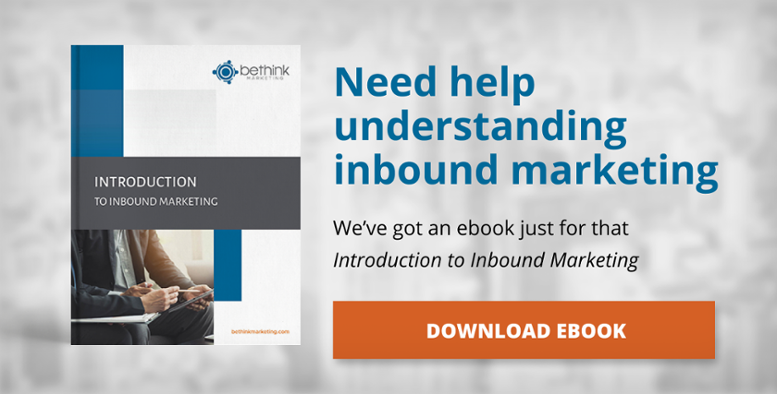
Scrip Below:
For this episode, we will answer the following question:
How can I make my company story engaging so that people will actually stop and listen?
Every business has some sort of mission statement, but this can often get lost in translation as you move your attention to all the different marketing tasks and initiatives you’re running, such as social media, updating website content, and sending out mass emails.
The more time spent on these tasks can end up being detrimental as the priority shifts to what percentage increase of traffic is coming in, how many leads am I generating, am I getting a higher percentage of converted leads compared to last month, and so on. If you start treating prospects as just a number, you can bet it’ll become obvious on their side as well as your marketing campaigns start to come across as distant and impersonal.
How do you develop a story for your company that will re-establish/strengthen the connection with your prospects, and make it engaging and memorable?
Anyone can describe a brief history of how their business came to be and what they’re trying to do, but not many actually tell a story. It’s time to go back to the basics and remember why you started the company in the first place, and translate this into a story that will resonate with prospects to create an emotional connection.
How do you develop a story for your company, and make it engaging and memorable?
A good business story always includes 3 components
1) Character
The character is the point of connection between you (the storyteller) and potential customers (the audience) and is based on the Buyer’s Persona you develop for your firm -the semi-fictional representation of your ideal customer. Understanding your ideal customer’s characteristics will help you clarify who exactly your firm is for and will allow prospects to resonate with the services you’re offering.
2) Conflict
A story lacking conflict is not a story at all. Restating your history and solution you’re selling through quick pitches doesn’t pique people’s interest or help you stand out for that matter. Ask yourself -what are the challenges and barriers your ideal customer is facing? And how is it different with each stage of the Buyer’s Journey? By introducing conflict into your story, this will help grab the attention of prospects, show them that you care about the same things as them, and push them to learn more about your company.
3) Resolution
This is where your firm’s services come in. Now that potential customers have identified with your Buyer Persona character and have found interest in the conflict you’ve presented, now is the time to introduce your company’s solution. After you’ve talked about the services you’re offering, how do you keep potential customers engaged? Making the solution actionable by including CTAs, Contact Us forms, webinar sign-ups, free downloadable resources, and more will provide interested prospects an opportunity to respond and interact more with your company.
That is all for this episode, if you have any questions that you would like us to answer related to marketing in the financial service world, please email us at podcast@bethinkmarketing.com



